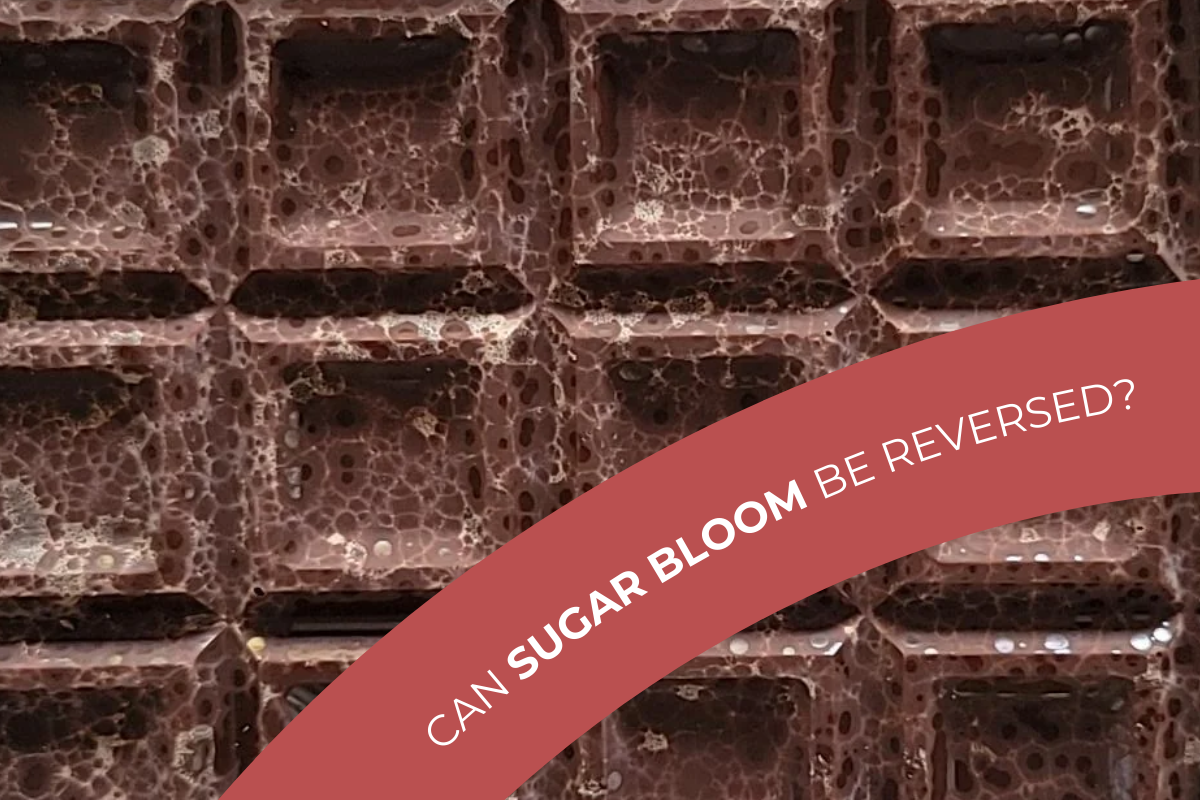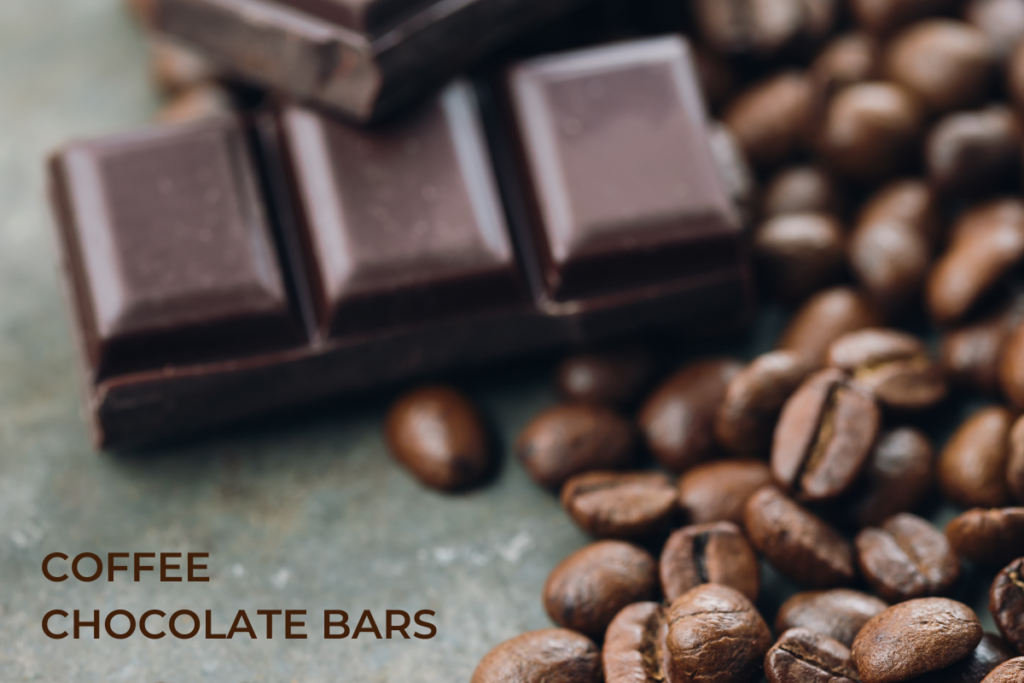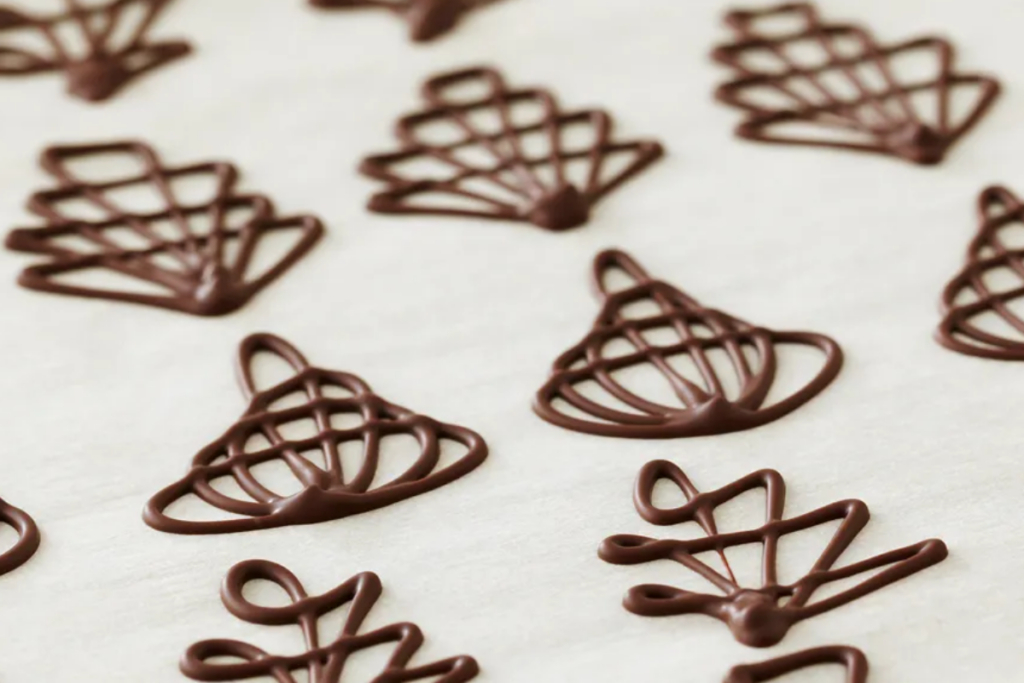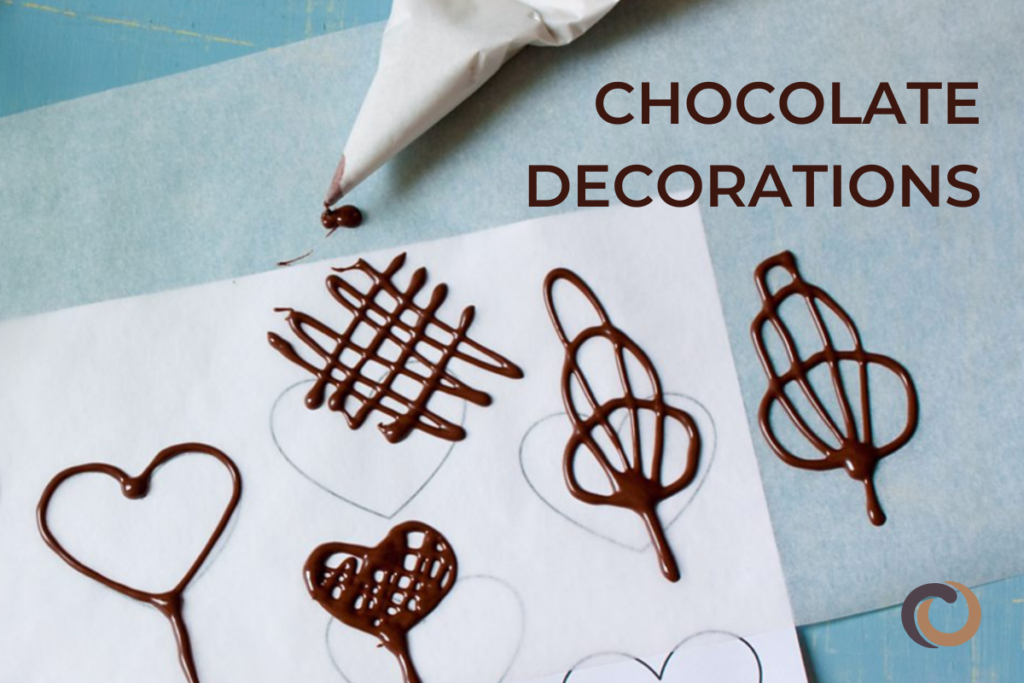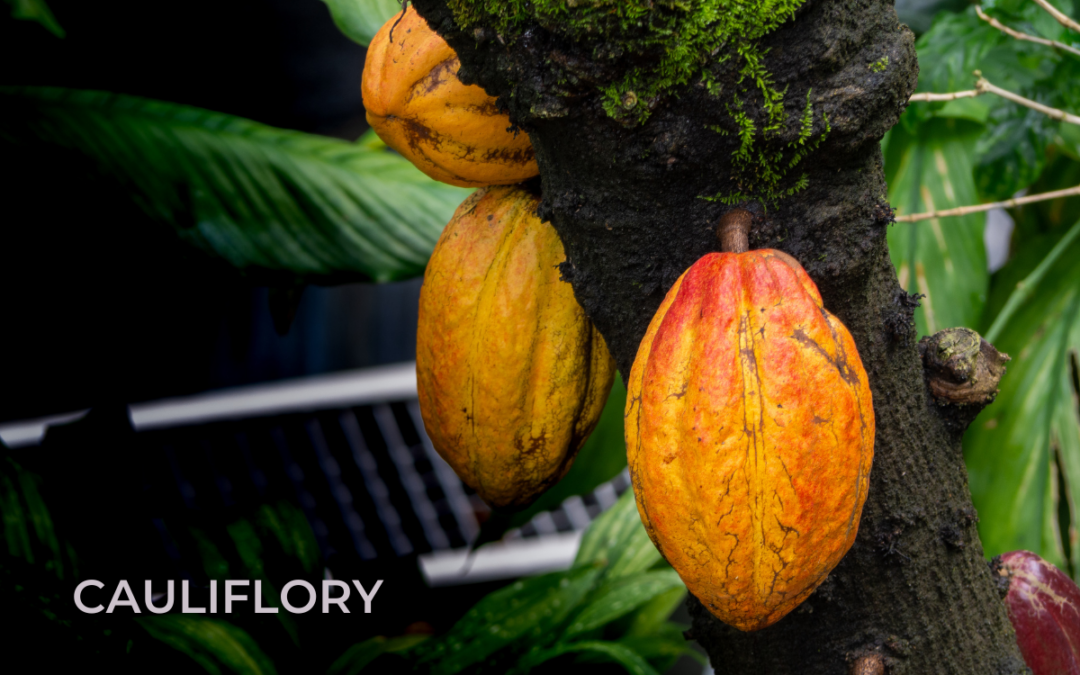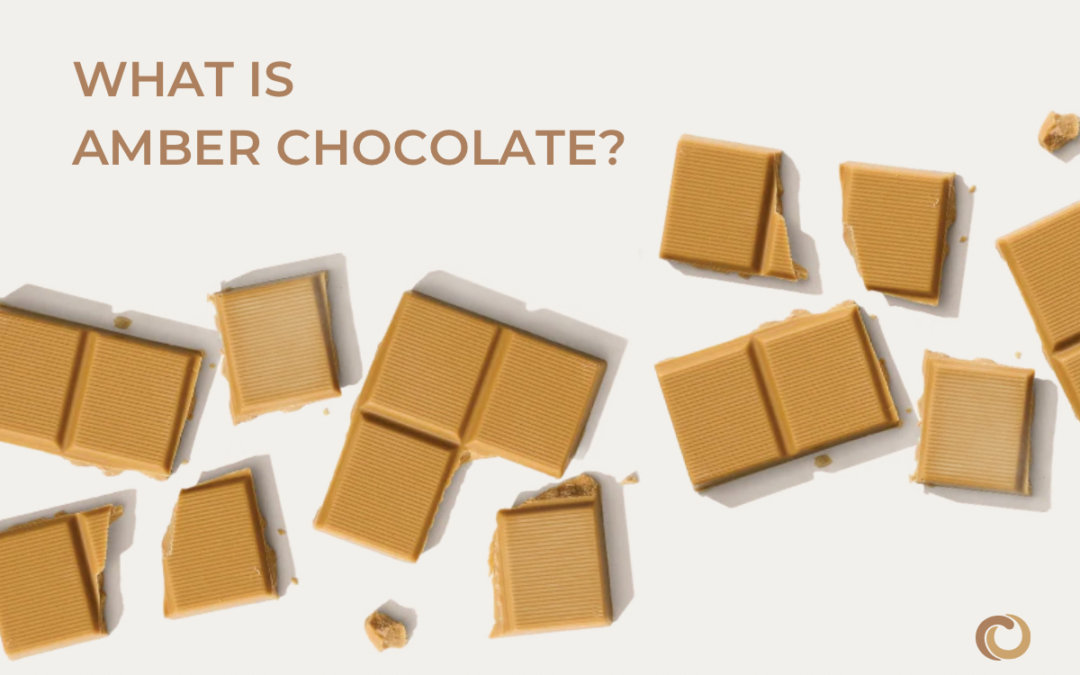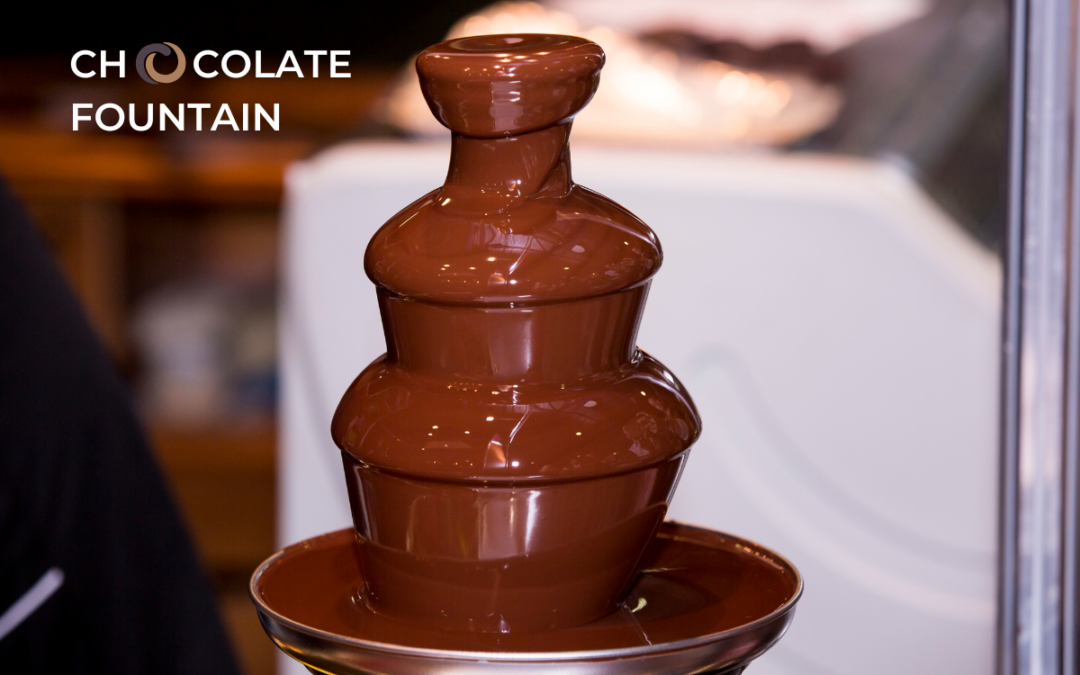It’s the question of the year…. Can you bring chocolate back to its original deliciousness after sugar bloom strikes? Keep reading to find out if that white, dull coating caused by sugar crystals on the surface of your chocolate can be fixed!
What is sugar bloom?
Sugar bloom occurs when sugar crystals move to the surface of chocolate, making it look dull, white and spotty. Sugar bloom occurs when chocolate gets wet or a temperature change causes condensation to form on the surface of your chocolate, dissolving the sugar in the chocolate which leaves behind white spots after it dries. When the moisture evaporates, the dissolved sugar re-crystalizes, leaving an unappealing white coating. Sugar bloom changes how chocolate looks, but it doesn’t usually change how it tastes. Sugar bloom is not the same as fat bloom or moldy chocolate, and it’s important to understand the difference.
How to prevent sugar bloom?
- Proper Storage: Keep chocolate in a cool, dry spot where it won’t be exposed to temperature fluctuations. Make sure the temperature stays steady between 60-70°F (15-21°C). This will prevent condensation and minimize the chances of sugar bloom forming on your chocolate.
- Sealing: Keep chocolate in sealed containers or wrapped up tight in packaging that will keep moisture out. Make sure it doesn’t get exposed to humidity. Storing your chocolate properly will also ensure that it isn’t exposed to direct sunlight (which can be the cause of fat bloom) or strong odors which can impact the quality of your chocolate.
- Avoid Refrigeration: Even though it might seem like a good idea to put chocolate in the fridge to keep it solid, this can actually cause sugar bloom to form. When the chocolate goes in and out of the fridge, the chocolate temperature goes up and down which can cause condensation to form. It’s better to keep chocolate at room temperature (as long as your room temperature doesn’t fluctuate too much).
Is it possible to reverse sugar bloom?
Unless you are willing to melt all your chocolate and start over, reversing sugar bloom is difficult, but there are ways to make chocolate that’s been affected by sugar bloom look better. If you choose to re-melt your chocolate and remold it, make sure that the chocolate is completely dry before you start. Introducing moisture into your chocolate can cause all sorts of headaches.
If you are not up for the task of melting your chocolate, another option is to gently polish the surface of the chocolate with a soft, dry cloth or brush to make the white residue less noticeable. Gently brush the surface of the chocolate until all the white spots have been blended together. Again, if sugar bloom is really bad and can’t be fixed, you can always melt the chocolate or use it in recipes where the look isn’t so important.
Be sure to read our article Is white stuff on my chocolate mold? where we discuss mold, sugar bloom, and fat bloom in more detail.
For more great articles and recipes, check out the rest of our CocoTerra blog.
If you have any questions or comments, feel free to contact us through our social media channels. We are @cocoterra_co on Instagram and Pinterest and @cocoterraco on X (aka Twitter) and Facebook.

